Home>Interior Design>The Best And Worst Bedroom Colors For Sleep: Choose Or Avoid These, Urge Experts
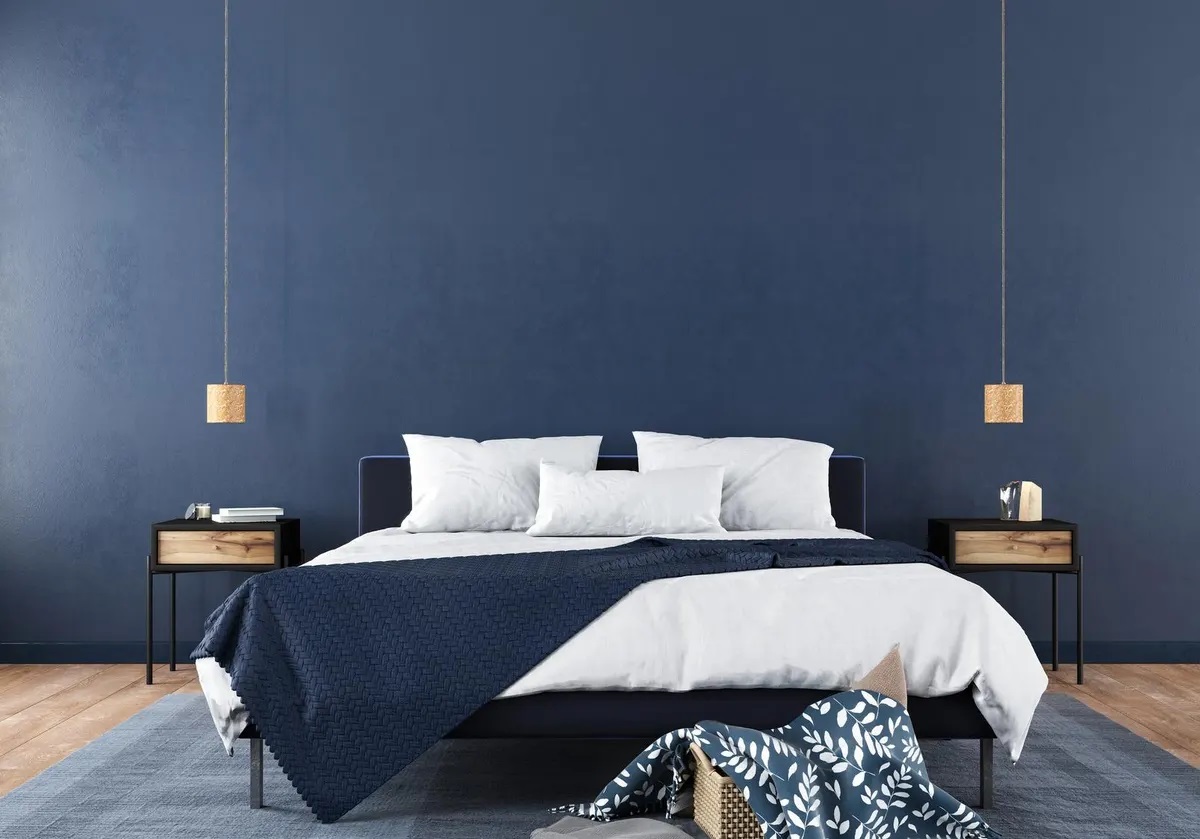

Interior Design
The Best And Worst Bedroom Colors For Sleep: Choose Or Avoid These, Urge Experts
Modified: January 19, 2024
Discover the best and worst bedroom colors for sleep according to interior design experts. Choose the right colors to enhance your sleep quality and avoid those that disrupt your restful night.
(Many of the links in this article redirect to a specific reviewed product. Your purchase of these products through affiliate links helps to generate commission for Storables.com, at no extra cost. Learn more)
Introduction
Welcome to a world where the colors you choose for your bedroom can make a significant impact on the quality of your sleep. The field of interior design has long recognized the power of color, and when it comes to creating a peaceful and restful sleep environment, color selection becomes even more crucial. Experts in the field suggest that certain colors can promote relaxation and enhance sleep, while others may have the opposite effect, stimulating the mind and hindering restful slumber.
Considering that we spend a significant portion of our lives in our bedrooms, it’s important to create a space that fosters tranquility and promotes deep, restorative sleep. In this article, we’ll explore the best and worst bedroom colors for sleep, according to experts in the field of interior design.
To understand the impact of color on sleep, we need to delve into the psychology behind it. Each color has its own unique psychological influence, which can evoke specific emotions and affect our mood. By harnessing these effects, we can choose bedroom colors that promote relaxation and create an atmosphere conducive to a good night’s sleep.
Before we jump into specific colors, it’s important to consider a few factors when choosing bedroom colors. First and foremost, personal preference plays a significant role. You should choose colors that you find soothing and that resonate with you on a personal level. Additionally, it’s important to consider the natural lighting in your bedroom. Natural light can interact with the color on your walls and affect how it appears.
Lastly, keep in mind that color alone cannot guarantee a good night’s sleep. It is just one piece of the puzzle. Other factors such as lighting, temperature, noise, and overall bedroom environment also play vital roles in creating a sleep-friendly space. Now, let’s dive into the best bedroom colors for sleep.
Key Takeaways:
- Create a tranquil sleep sanctuary by choosing soothing colors like blue, green, gray, and purple for your bedroom decor. These calming hues promote relaxation and contribute to restful slumber.
- Avoid stimulating colors such as red, orange, yellow, and black in your bedroom, as they can hinder relaxation and disrupt the tranquility needed for quality sleep. Opt for soothing hues to optimize your sleep environment.
Importance of Bedroom Colors for Quality Sleep
The colors we surround ourselves with can have a powerful impact on our mood, emotions, and overall well-being. This holds true for our bedrooms, where we seek respite from the stresses of daily life and aim to achieve a restful night’s sleep. The right colors in our bedrooms can create a calming and tranquil atmosphere, supporting the relaxation process and setting the stage for quality sleep.
Scientific research has shown that certain colors can directly affect our physiological and psychological responses. When it comes to sleep, the goal is to promote feelings of peace, relaxation, and serenity. By choosing bedroom colors that align with these emotions, we can create an environment that aids in falling asleep faster, staying asleep longer, and waking up feeling refreshed and rejuvenated.
One of the most significant benefits of using the right colors in the bedroom is their impact on stress reduction. Studies have shown that exposure to certain colors can lower blood pressure, reduce heart rate, and decrease cortisol levels. This is particularly important when it comes to sleep, as high levels of stress hormones can interfere with the ability to fall asleep and reach the deep, restorative stages of sleep.
Moreover, color can influence our sense of spaciousness and tranquility. Lighter and cooler colors, such as blues and greens, can create an illusion of a larger space and promote a sense of calm and serenity. On the other hand, darker and warmer colors, such as reds and oranges, can make a space feel cozy and intimate but may also evoke feelings of energy and excitement, which are not conducive to relaxation and sleep.
In addition, color can also impact our perception of temperature. Cooler colors, like blues and grays, can make a room feel visually cooler and promote a sense of freshness. This can be particularly beneficial for those who struggle with overheating during sleep. Warmer colors, on the other hand, can create a visually warmer ambiance but may not be ideal for those who are sensitive to heat.
Overall, choosing the right bedroom colors can help create a harmonious environment that promotes relaxation, reduces stress, and enhances the overall sleep experience. With a carefully selected color palette, you can transform your bedroom into a tranquil haven where sleep comes easily and rejuvenation is maximized.
Factors to Consider when Choosing Bedroom Colors
When it comes to selecting bedroom colors, a variety of factors should be taken into consideration. It’s important to create a space that suits your personal style and preferences while also promoting a restful sleep environment. Here are some key factors to consider when choosing bedroom colors:
- Personal Preference: Your bedroom should be a reflection of your personal style. Consider colors that you are naturally drawn to and find soothing. This will ensure that you feel comfortable and at ease in your space.
- Psychological Impact: Colors have psychological effects that can influence our mood and emotions. For example, blues and greens are known to be calming and serene, while warm colors like reds and oranges can be energizing and stimulating. Consider the emotional impact you desire for your bedroom and select colors accordingly.
- Natural Lighting: The amount of natural light that enters your bedroom can significantly impact how colors appear. Consider the orientation of your windows and how different colors may appear under various lighting conditions. Take note of any changes in natural light throughout the day and how they affect the look and feel of the colors you are considering.
- Room Size: The size of your bedroom can also influence color selection. Lighter colors tend to make smaller spaces feel more open and airy, while darker colors can create a sense of intimacy in larger rooms. Consider the size of your bedroom and choose colors that complement its dimensions.
- Color Combinations: Think about how different colors can harmonize and complement each other. You may choose to have one color for the walls and another for accents and accessories. Experiment with color combinations to find the right balance for your space.
- Bedroom Function: Consider the primary function of your bedroom. If your bedroom serves as a multi-purpose space, such as a home office or exercise area, select colors that can support those activities. For example, if you have a home office in your bedroom, you may want to incorporate colors that promote focus and productivity.
- Personal Sensitivities: Pay attention to any personal sensitivities or associations you may have with certain colors. Some colors may evoke negative emotions or memories, while others may have positive connotations. Select colors that make you feel calm and at ease.
By taking these factors into consideration, you can choose bedroom colors that not only create a visually appealing space but also promote a peaceful and restorative sleep environment. Experiment with different colors and combinations until you find the perfect palette that suits your personal preferences and supports a good night’s sleep.
The Best Bedroom Colors for Sleep
When it comes to creating a sleep-friendly atmosphere in your bedroom, certain colors have been found to promote relaxation and tranquility. Incorporating these colors into your bedroom decor can help set the stage for a good night’s sleep. Here are some of the best bedroom colors to consider:
- Soothing Blue: Blue is often associated with calmness and serenity, making it an excellent choice for the bedroom. Pale shades of blue can evoke a sense of tranquility and help lower blood pressure and heart rate, promoting a deep and restful sleep.
- Calming Green: Green is known to be a color of balance and harmony. It has a calming effect on the mind and body, helping to reduce anxiety and promote relaxation. Light shades of green, such as sage or mint, can create a peaceful and soothing atmosphere in the bedroom.
- Serene Gray: Gray is a versatile and timeless color that can create a serene and neutral backdrop in the bedroom. It promotes a sense of calmness and simplicity, making it a popular choice for those who prefer a minimalist and modern sleep environment.
- Tranquil Purple: Purple is often associated with luxury and relaxation. Light shades of lavender or lilac can create a tranquil atmosphere in the bedroom, helping to calm the mind and promote a restful sleep. Purple hues can also enhance feelings of peace and spirituality.
These colors can be incorporated into your bedroom decor in various ways. Consider painting the walls in your favorite soothing shade, incorporating these colors into your bedding or curtains, or adding accents in these colors through pillows, artwork, or accessories.
Remember, it’s not just about the color itself, but also the shade and intensity. Lighter and softer shades tend to have a more calming effect, while darker and more intense shades may evoke different emotions and energy levels that are not conducive to sleep.
Experiment with different combinations and shades of these colors until you find the perfect balance that creates a peaceful and sleep-inducing environment in your bedroom. Personal preference also plays a significant role, so choose colors that resonate with you and make you feel relaxed and at ease.
By incorporating these soothing colors into your bedroom design, you can create a peaceful sanctuary that promotes deep, restorative sleep and helps you wake up feeling refreshed and rejuvenated.
Soothing Blue
Blue is a color often associated with a sense of tranquility and calmness, making it an ideal choice for creating a soothing sleep environment in your bedroom. The various shades of blue can evoke feelings of serenity, relaxation, and even a sense of being near the water. This color has been found to have a calming effect on the mind and body, helping to reduce stress and anxiety, which in turn can enhance sleep quality.
Lighter shades of blue, such as sky blue or powder blue, can create a sense of openness and freshness in the bedroom. These softer hues mimic the clear blue sky during the day and can evoke a feeling of peace and tranquility. Their cool undertones can also help create a visually cooler atmosphere, which can be beneficial for those who tend to overheat during sleep.
Deeper shades of blue, such as navy or cobalt, can create a more intimate and cozy ambiance in the bedroom. These darker shades can have a soothing effect on the mind, inducing a sense of calmness and relaxation. They can also add a touch of elegance and sophistication to the space, creating a serene sanctuary for sleep.
To incorporate soothing blue into your bedroom decor, consider painting the walls in your chosen shade of blue. This will create a visually calming backdrop for the room. Alternatively, you can opt for blue bedding, curtains, or accent pillows to infuse the space with this serene color. Artwork or photographs featuring blue landscapes or seascapes can also bring a tranquil vibe to the room.
To create a harmonious and balanced look, consider combining blue with other soothing colors, such as light greens or soft neutrals like beige or gray. This will help create a cohesive and relaxing atmosphere in your bedroom.
It’s important to note that everyone’s perception of color can vary, so it’s essential to choose shades of blue that you personally find calming and relaxing. Experiment with different shades and intensities of blue to find the perfect hue that resonates with you and induces a sense of peace and relaxation.
Overall, incorporating soothing blue into your bedroom design can create a tranquil and sleep-inducing environment. The calming properties of this color can help reduce stress, promote relaxation, and contribute to a restful night’s sleep.
Calming Green
Green is a color that is often associated with nature, freshness, and harmony. It has a soothing and calming effect on the mind and body, making it an excellent choice for creating a peaceful sleep environment in your bedroom. Incorporating shades of green into your bedroom decor can help promote relaxation, reduce anxiety, and create a sense of balance and tranquility.
Lighter shades of green, such as sage or mint, can create a calming and serene atmosphere in the bedroom. These softer hues mimic the color of leaves and grass, evoking a feeling of being surrounded by nature. Light green shades have a gentle and refreshing quality that is ideal for promoting relaxation and facilitating restful sleep.
Green is often associated with feelings of renewal, growth, and healing. It is believed to have a positive impact on both the mind and body, helping to reduce stress and create a sense of overall well-being. Being surrounded by the color green in your bedroom can create a connection to nature and provide a sense of serenity, allowing you to unwind and prepare for a restful night’s sleep.
To incorporate calming green into your bedroom decor, consider painting the walls in a soft green shade or adding green accents through bedding, curtains, or decorative pillows. You can also bring the outdoors inside by adding potted plants or floral arrangements in shades of green. This will not only enhance the calming atmosphere but also contribute to better air quality and create a refreshing ambiance.
If you prefer a more subtle approach, you can incorporate green through artwork or photographs depicting nature scenes, such as lush forests or tranquil meadows. This will create a connection to the natural world and further enhance the calming effect of the color green.
When choosing complementary colors for your green bedroom, consider neutral hues such as beige or light gray to maintain a sense of calmness and balance. Earthy tones can also work well with green, creating a grounded and harmonious look.
Ultimately, the goal is to create a bedroom environment that promotes relaxation and peace. Green, with its calming properties, can help achieve this. Experiment with different shades and intensities of green to find the right balance that resonates with you and creates a sense of tranquility in your sleep space.
By incorporating calming green into your bedroom design, you can create an oasis of serenity that promotes peaceful sleep and restorative rejuvenation.
Serene Gray
Gray is a versatile and timeless color that can create a serene and calming atmosphere in your bedroom. Often associated with neutrality and simplicity, shades of gray can help create a peaceful sleep environment while providing a sophisticated and elegant look to your space.
Gray is known to have a calming effect on the mind, making it an excellent choice for promoting relaxation and restful sleep. Lighter shades of gray, such as dove gray or pale silver, can create a sense of openness and airiness in the bedroom. These soft hues evoke a feeling of serenity and simplicity, helping to create a tranquil atmosphere that is conducive to a good night’s sleep.
One of the benefits of using gray in your bedroom decor is that it serves as a neutral backdrop, allowing other elements and colors to take center stage. It pairs well with a variety of accent colors, such as blues, greens, or even pops of vibrant hues if you desire a more eclectic look. This versatility allows you to customize your space while still maintaining a sense of calm and relaxation.
Gray can also add a touch of sophistication and elegance to your bedroom. It exudes a sense of modernity and can create a visually appealing and cohesive look. By incorporating different textures and finishes, such as soft fabrics or metallic accents, you can further enhance the stylishness and depth of your gray bedroom.
To incorporate serene gray into your bedroom, consider painting the walls in a light gray shade or using it as a base color for your bedding and curtains. You can also introduce gray through furniture pieces, such as a bed frame or nightstands. Adding plush gray carpeting or a cozy area rug can create a sense of softness and warmth in the space.
When it comes to complementary colors, gray can be combined with a variety of hues. If you want to create a calming and harmonious look, consider combining gray with other neutral tones, such as whites, beiges, or soft browns. This will help maintain a sense of tranquility and balance within the room.
By incorporating serene gray into your bedroom design, you can create a calming and inviting sleep environment that promotes relaxation and restful sleep. Experiment with different shades and textures of gray to find the perfect combination that suits your personal style and enhances the overall tranquility of your bedroom.
Tip: Choose calming, muted colors like soft blues, greens, or lavender for better sleep. Avoid stimulating, bright colors like red or orange, which can disrupt sleep.
Tranquil Purple
Purple is a color often associated with luxury, spirituality, and tranquility, making it an excellent choice for creating a soothing and peaceful atmosphere in your bedroom. Shades of purple, ranging from soft lavender to deep plum, can evoke a sense of serenity and relaxation, making it an ideal color for promoting restful sleep.
Lighter shades of purple, such as lavender or lilac, can create a sense of calmness and tranquility in the bedroom. These softer hues have a delicate and soothing quality, reminiscent of blooming flowers or a twilight sky. Light purple tones promote a restful atmosphere, helping to calm the mind and prepare the body for a night of rejuvenating sleep.
Tranquil purple is often associated with spirituality and a sense of peace. It is believed to have a calming effect on the mind and can help alleviate anxiety and stress, ultimately aiding in better sleep quality. Being surrounded by shades of purple in your bedroom can create a serene sanctuary where you can unwind and recharge.
Incorporating tranquil purple into your bedroom decor can be done in various ways. Painting the walls in a soft purple shade can set the tone for a peaceful sleep environment. If you prefer a subtle approach, you can introduce purple through bedding, curtains, or decorative pillows. Adding accents in purple, such as lamps, artwork, or floral arrangements, can further enhance the soothing atmosphere.
When it comes to complementary colors, purple harmonizes well with neutrals such as white, cream, or gray. These softer shades create a balanced and serene look. However, if you want to add depth and drama, you can pair purple with deeper hues of plum or burgundy for a more luxurious and sensual feel.
It’s important to note that purple is a rich and bold color, so it’s best to use it in moderation to maintain a sense of tranquility. Incorporating too much purple may become overwhelming and interfere with creating a peaceful sleep environment. Be mindful of achieving a harmonious balance with other colors and elements in your bedroom.
By incorporating tranquil purple into your bedroom design, you can create a serene and inviting space that promotes relaxation and restful sleep. Experiment with different shades and intensities of purple to find the perfect blend that resonates with you and helps create a sense of tranquility in your sleep sanctuary.
The Worst Bedroom Colors for Sleep
While certain colors can promote relaxation and enhance sleep, there are also colors that have the potential to negatively impact your sleep environment. These colors can be too stimulating or energizing, making it difficult to wind down and fall asleep. Here are some of the worst bedroom colors for sleep:
- Stimulating Red: Red is a vibrant color that is often associated with energy and intensity. While it may be powerful in stimulating emotions, it is not ideal for creating a serene sleep environment. Red can increase heart rate and blood pressure, making it harder to relax and fall asleep. It is best to avoid using red as the main color in your bedroom.
- Energizing Orange: Orange is a warm and energetic color that can evoke feelings of enthusiasm and creativity. However, it is not conducive to creating a calming sleep atmosphere. Orange can be too stimulating and may hinder your ability to relax and achieve restful sleep. It’s best to avoid using orange as the dominant color in your bedroom.
- Vibrant Yellow: Yellow is often associated with optimism and brightness, but it can also be quite stimulating. Vibrant shades of yellow can be energizing and make it difficult to unwind before sleep. If you still want to incorporate yellow, opt for softer, pastel shades that have a more calming effect.
- Bold Black: While black can be stylish and dramatic, it is not an ideal color choice for a sleep-promoting bedroom. Black can create a heavy and somber atmosphere that may interfere with relaxation and sleep. If you want to incorporate black in your bedroom, use it sparingly as an accent color rather than the primary color.
These colors can be overwhelming and disrupt the tranquility of your sleep environment. However, it’s important to note that everyone’s perception of color can differ, and some individuals may find certain colors less stimulating than others.
Remember, the goal of a bedroom is to create a peaceful and serene sleep environment. While the colors mentioned above may have their own psychological effects, they are generally not conducive to relaxation and restful sleep. When choosing bedroom colors, opt for calming and soothing hues that promote a sense of tranquility and help prepare your mind and body for a restorative night’s sleep.
Stimulating Red
Red is a color that evokes strong emotions and energy. It is often associated with passion, power, and excitement. While these qualities can be desirable in certain contexts, red is generally considered one of the worst bedroom colors for sleep. Its stimulating nature can make it challenging to relax and unwind in your sleep environment.
Red has the ability to increase heart rate, blood pressure, and stimulate brain activity. These physiological responses are not conducive to promoting a calm and restful state necessary for sleep. The energizing properties of red make it more suitable for active spaces rather than restful sanctuaries.
Additionally, red is often associated with feelings of intensity and activity. It can create a sense of alertness and agitation, which is not ideal when you are trying to wind down before sleep. The vibrant and bold nature of red can keep your mind active, making it difficult to transition into a relaxed state for a good night’s sleep.
If you’re still drawn to the color red and would like to incorporate it into your bedroom, it’s best to use it sparingly and as an accent color rather than the dominant shade. Use red in small doses through accessories such as pillows, artwork, or decorative elements. This way, you can enjoy the energy and vibrancy that red brings without compromising the tranquility and relaxation needed for quality sleep.
When it comes to selecting bedroom colors, it’s important to prioritize colors that promote a sense of calmness and serenity. Shades such as blues, greens, and softer neutrals are generally better suited for creating a sleep-friendly environment. These colors have a more soothing effect on the mind and body, helping to induce relaxation and prepare you for a restful night’s sleep.
Remember, the goal of your bedroom is to provide a peaceful and restorative space for sleep. By opting for colors that evoke a sense of tranquility and avoiding stimulating shades like red, you can create an environment that supports deep and rejuvenating sleep.
Energizing Orange
Orange is a color that is often associated with warmth, enthusiasm, and energy. While it can be a vibrant and uplifting color, it is not well-suited for creating a calm and relaxing sleep environment. Its energizing properties can be counterproductive when you are trying to wind down and prepare for sleep.
Orange is a warm color that stimulates the senses and promotes feelings of enthusiasm and creativity. This can make it difficult to transition into a state of relaxation and peacefulness that is necessary for a good night’s sleep. The bold and vibrant nature of orange can keep the mind active and hinder the process of unwinding before bedtime.
Similar to red, orange is known to increase heart rate and stimulate brain activity. This heightened state of alertness and excitement can make it challenging to achieve the calmness and tranquility needed for quality sleep. As a result, it is considered one of the worst bedroom colors for promoting restful slumber.
If you are drawn to the warmth and vibrancy of orange and still want to incorporate it into your bedroom, it’s best to do so in moderation. Use orange as an accent color rather than the main shade. You can introduce pops of orange through accessories such as pillows, throws, or artwork. This way, you can enjoy the energizing qualities of orange without overwhelming the sleep-oriented atmosphere of your bedroom.
When it comes to choosing bedroom colors, opt for softer and cooler hues that promote relaxation. Shades of blue, green, and neutral tones are more suitable for creating a serene sleep environment. These colors have a calming effect on the mind and body, helping to facilitate better sleep quality.
Remember, the goal of your bedroom is to create a space that fosters relaxation, tranquility, and restful sleep. By avoiding energizing colors like orange and choosing more soothing hues, you can optimize your sleep environment and create a haven for rejuvenation and peaceful slumber.
Vibrant Yellow
Yellow is a color that is often associated with brightness, optimism, and warmth. While it can be a cheerful and uplifting color, vibrant shades of yellow are generally not recommended for creating a sleep-friendly environment in the bedroom. Its energizing and stimulating qualities can interfere with relaxation and make it harder to wind down before sleep.
Vibrant yellow is a bold and attention-grabbing color that can evoke feelings of energy and excitement. Its brightness can keep the mind active and alert, making it challenging to achieve a calm state necessary for sleep. The vibrant nature of yellow can stimulate brain activity and prevent the mind from transitioning into a relaxed mode.
Furthermore, yellow is often associated with the sun and daylight. It can mimic the strong glow of the sun, which can disrupt melatonin production, a hormone that helps regulate sleep. Vibrant yellow hues can give the impression of a brighter environment, which is not conducive to creating a sleep-friendly atmosphere.
If you still want to incorporate yellow into your bedroom, it’s best to opt for softer, muted shades. Pastel or pale yellow tones can have a more calming effect on the mind and body, resembling the gentle warmth of the morning sun or a peaceful sunset. By using these softer shades, you can add a touch of brightness without overwhelming the sleep-oriented ambiance of your bedroom.
When selecting bedroom colors, it’s essential to choose hues that promote relaxation and tranquility. Cool and soothing shades like blues, greens, or soft neutrals are generally better suited for creating a sleep-friendly environment. These colors can help induce a sense of calmness and contribute to better sleep quality.
Remember, the goal of your bedroom is to create a peaceful and restful space. By avoiding vibrant yellow and opting for more calming shades, you can optimize your sleep environment and foster a haven of relaxation and rejuvenation.
Bold Black
Black is a color often associated with elegance, sophistication, and strength. While it can add a sense of drama and style to a space, using bold black as the primary color in a bedroom is generally not recommended for creating a sleep-friendly environment. The darkness and heaviness of black can create an intense and somber atmosphere that may interfere with relaxation and restful sleep.
Black absorbs light, making a room appear darker. This can create a cave-like feeling that is not conducive to a calming sleep environment. The lack of light can also make it difficult for the body to regulate its natural sleep-wake cycle, as exposure to natural light helps synchronize our internal clock.
Additionally, black can evoke a sense of mystery and even symbolize endings or finality. This psychological association may subconsciously affect your mood and mindset, potentially hindering sleep and relaxation. Black can be overpowering and may not contribute to the serene and peaceful atmosphere necessary for a good night’s sleep.
If you still desire the sophistication of black in your bedroom, it’s best to use it sparingly and as an accent color rather than the dominant shade. Incorporate black through elements like furniture, textiles, or accessories to create contrasts and visual interest. This way, you can add a touch of elegance while maintaining a balanced and tranquil sleep environment.
When choosing main colors for your bedroom, opt for soothing and calming hues such as soft blues, greens, or neutral tones. These colors can help create a sense of serenity and promote relaxation. Combining them with softer accent colors can enhance the overall tranquility of your sleep space.
Remember, the goal of your bedroom is to create a peaceful and restful sanctuary. While black may be visually striking, using it as the primary color can disrupt the serene ambiance necessary for quality sleep. By avoiding bold black and opting for more soothing hues, you can optimize your sleep environment and foster a sense of tranquility and rejuvenation.
Conclusion
The colors we choose for our bedrooms have a significant impact on the quality of our sleep. By understanding the psychological effects of different colors, we can create a soothing and sleep-friendly environment that promotes relaxation and restful slumber.
When selecting bedroom colors, it’s crucial to consider factors such as personal preference, natural lighting, room size, and color combinations. By taking these factors into account, we can choose colors that align with our individual style and create a harmonious atmosphere in our bedrooms.
Among the best bedroom colors for sleep are soothing blue, calming green, serene gray, and tranquil purple. These colors have calming and relaxing qualities, helping to reduce stress and create a peaceful sleep environment. Incorporating them into our bedroom decor through wall paint, bedding, accessories, and artwork can enhance our ability to unwind and achieve restful sleep.
Conversely, there are also colors that are considered some of the worst bedroom colors for sleep. Stimulating red, energizing orange, vibrant yellow, and bold black are colors that can hinder relaxation and disrupt the tranquility of a sleep environment. While these colors can be appealing in other contexts, they are not ideal for creating a peaceful and restful sleep environment.
Ultimately, creating a sleep-friendly bedroom involves creating a balance between personal style, relaxation, and tranquility. By incorporating the best bedroom colors and avoiding the worst ones, we can create a space that fosters deep, restorative sleep and helps us wake up refreshed and rejuvenated.
Remember, color alone is not the only factor that contributes to a good night’s sleep. Other factors such as lighting, temperature, noise, and overall bedroom environment should also be considered in order to create an optimal sleep space.
So, take the time to choose your bedroom colors wisely, ensuring they align with your preferences and promote a sense of calmness and relaxation. With the right colors, you can create a sleep sanctuary that invites tranquility and promotes restorative slumber night after night.
Frequently Asked Questions about The Best And Worst Bedroom Colors For Sleep: Choose Or Avoid These, Urge Experts
Was this page helpful?
At Storables.com, we guarantee accurate and reliable information. Our content, validated by Expert Board Contributors, is crafted following stringent Editorial Policies. We're committed to providing you with well-researched, expert-backed insights for all your informational needs.
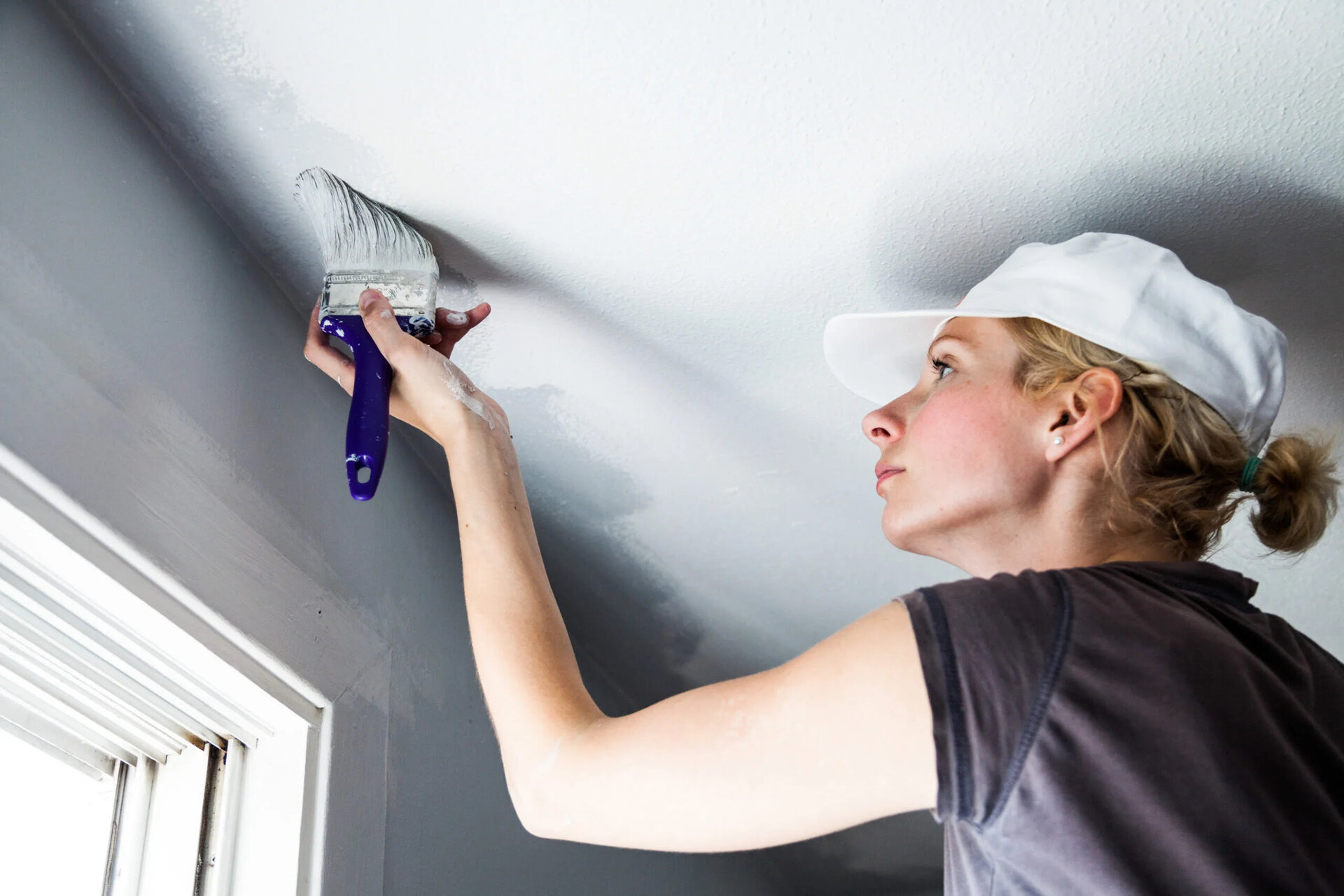
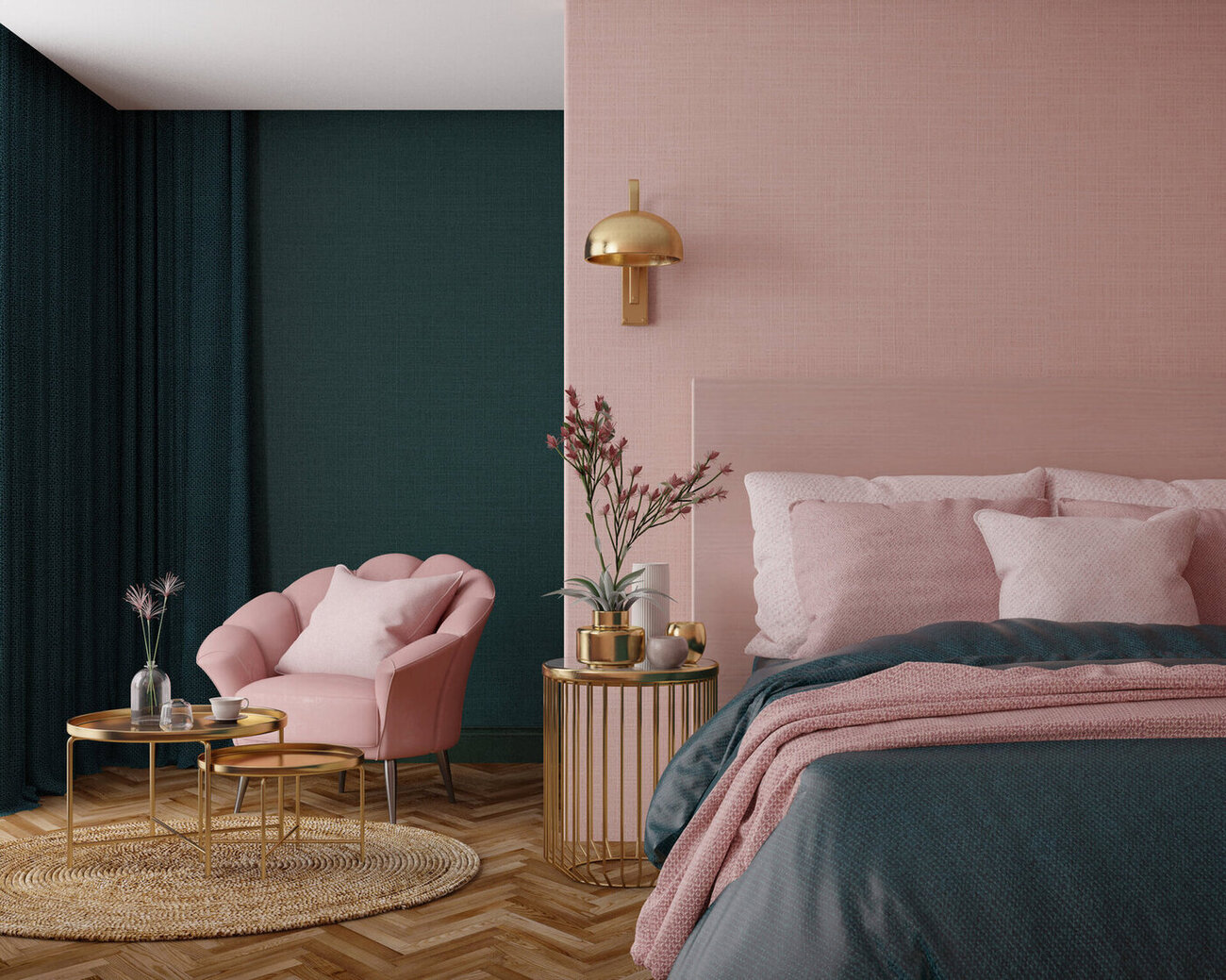
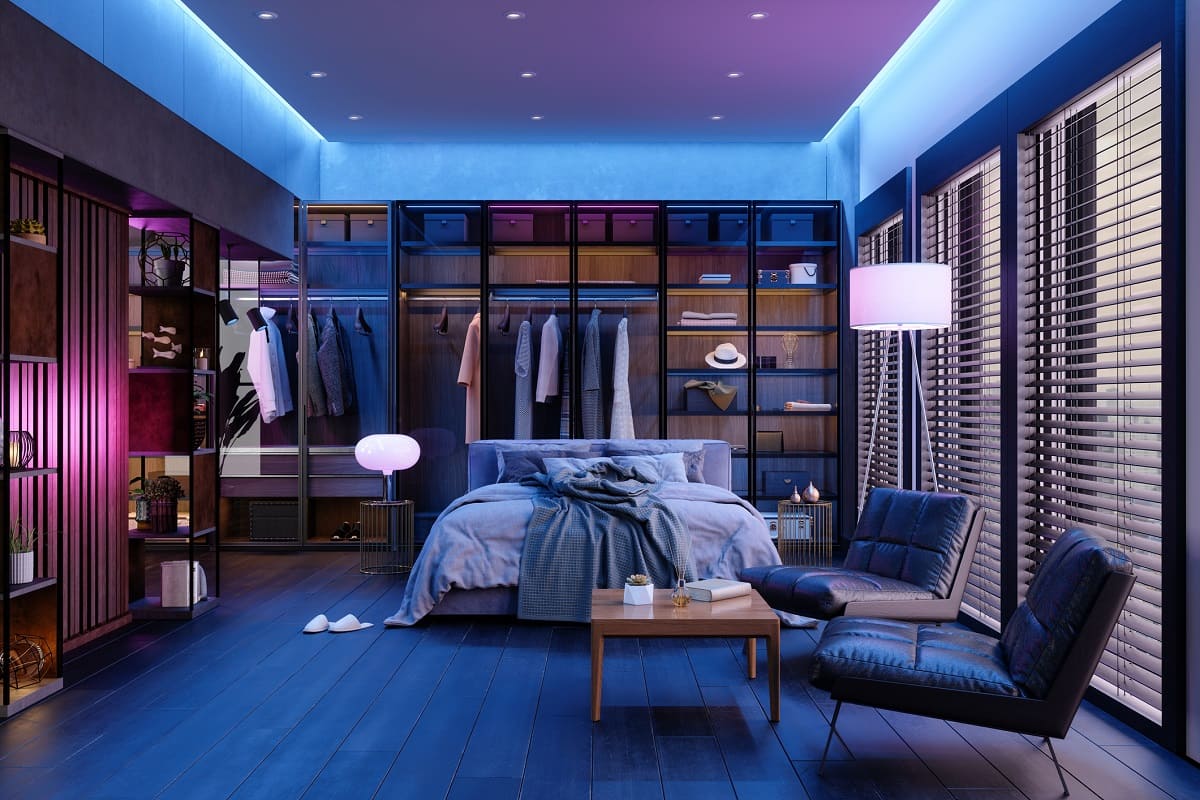

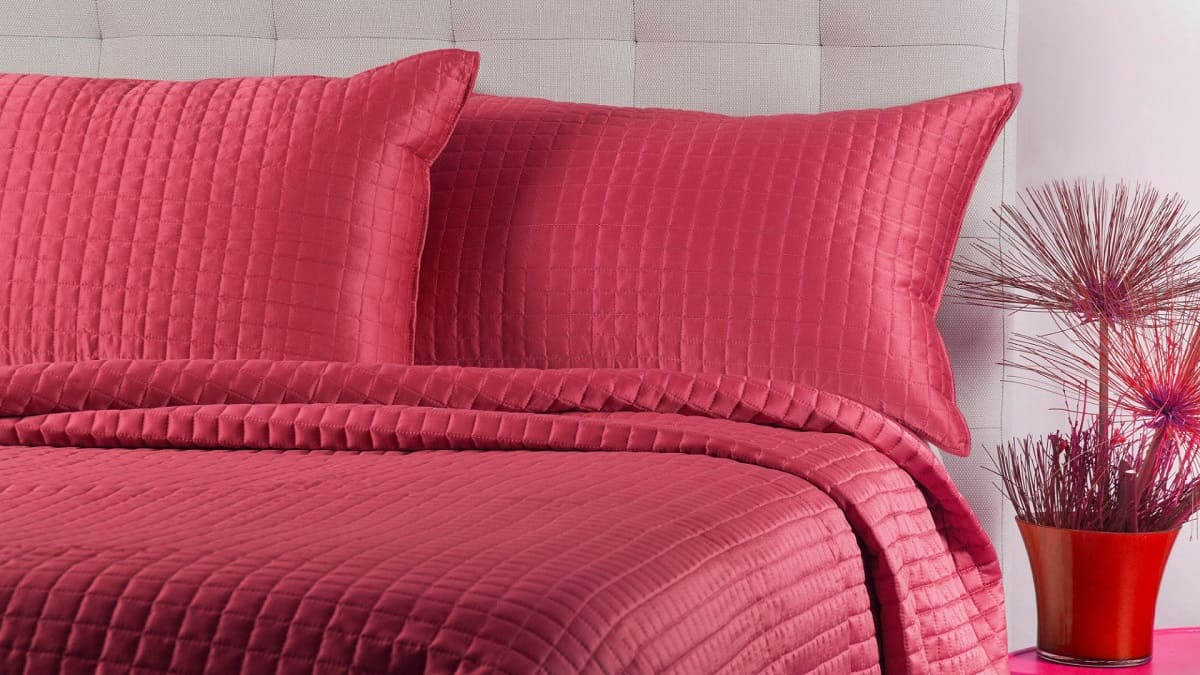
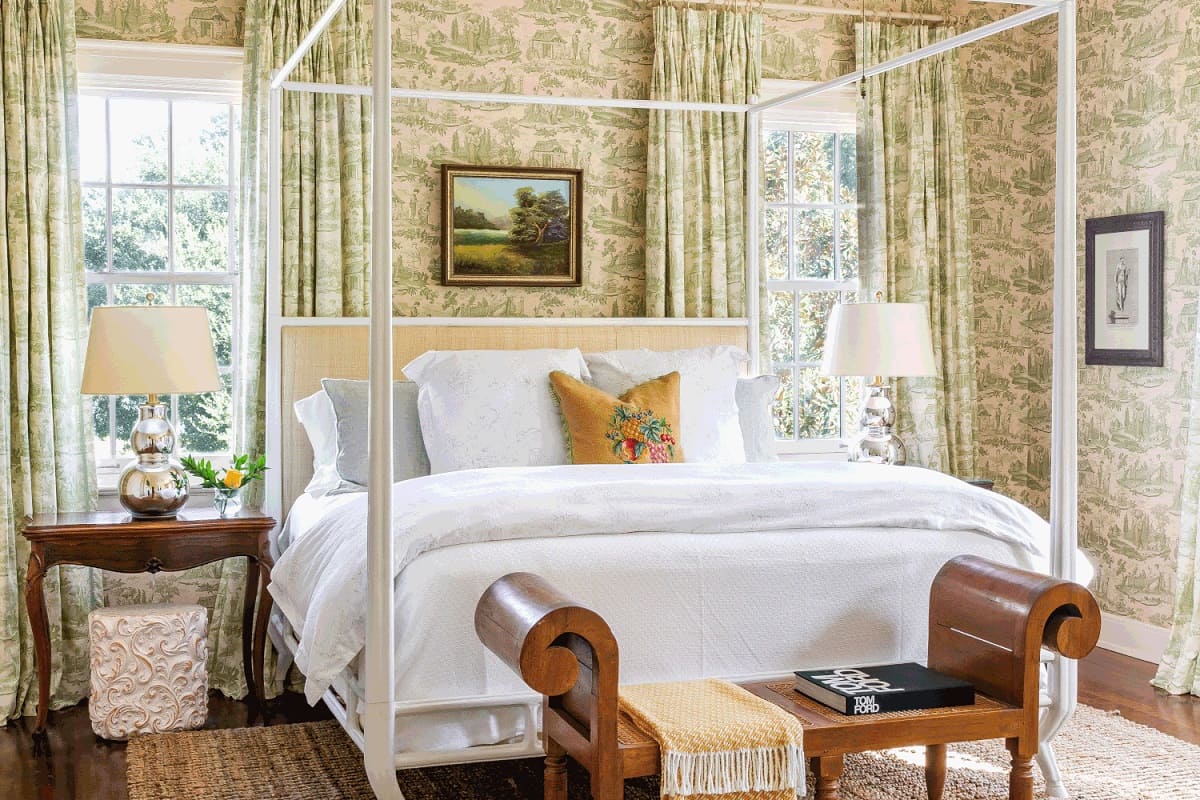
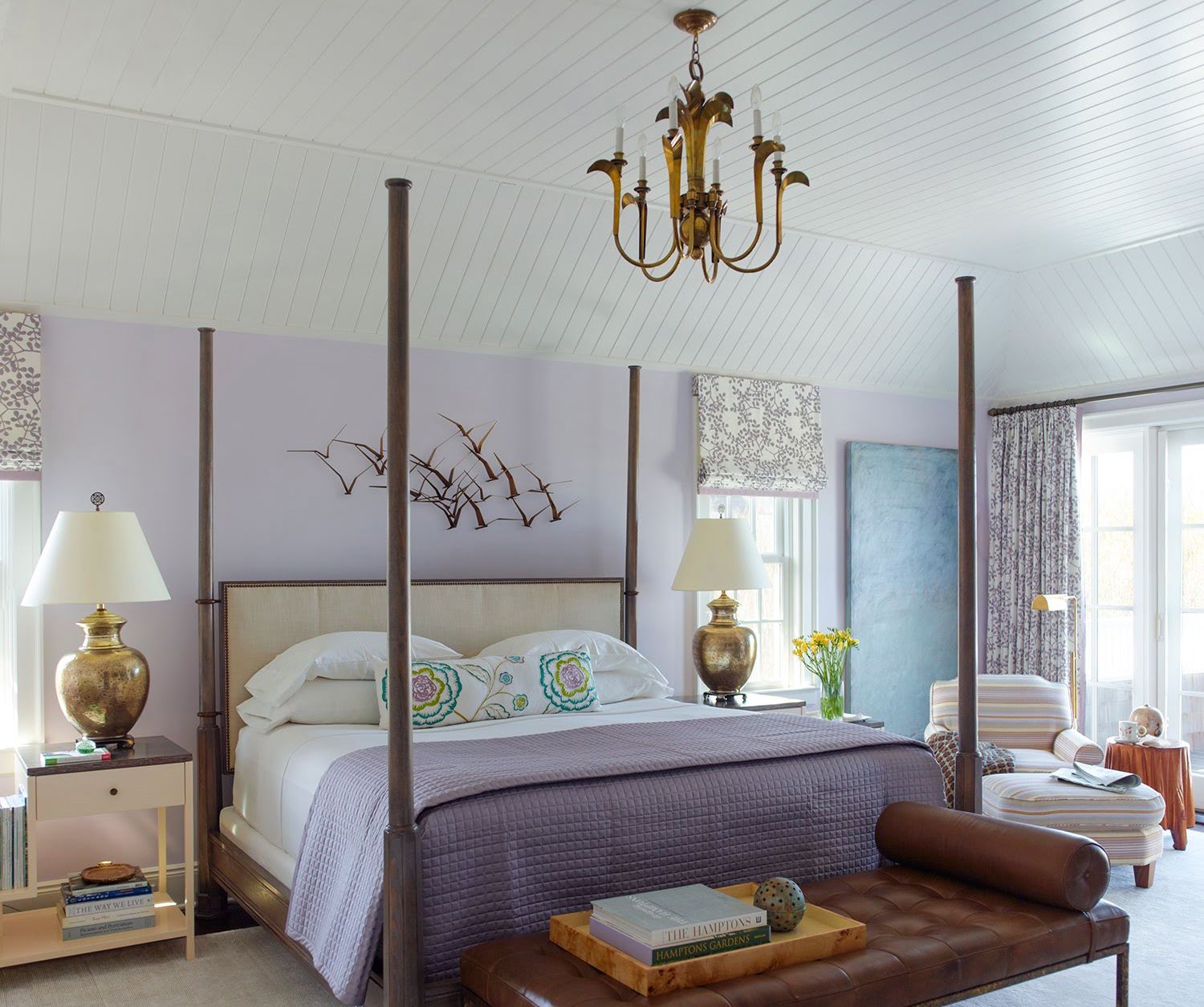
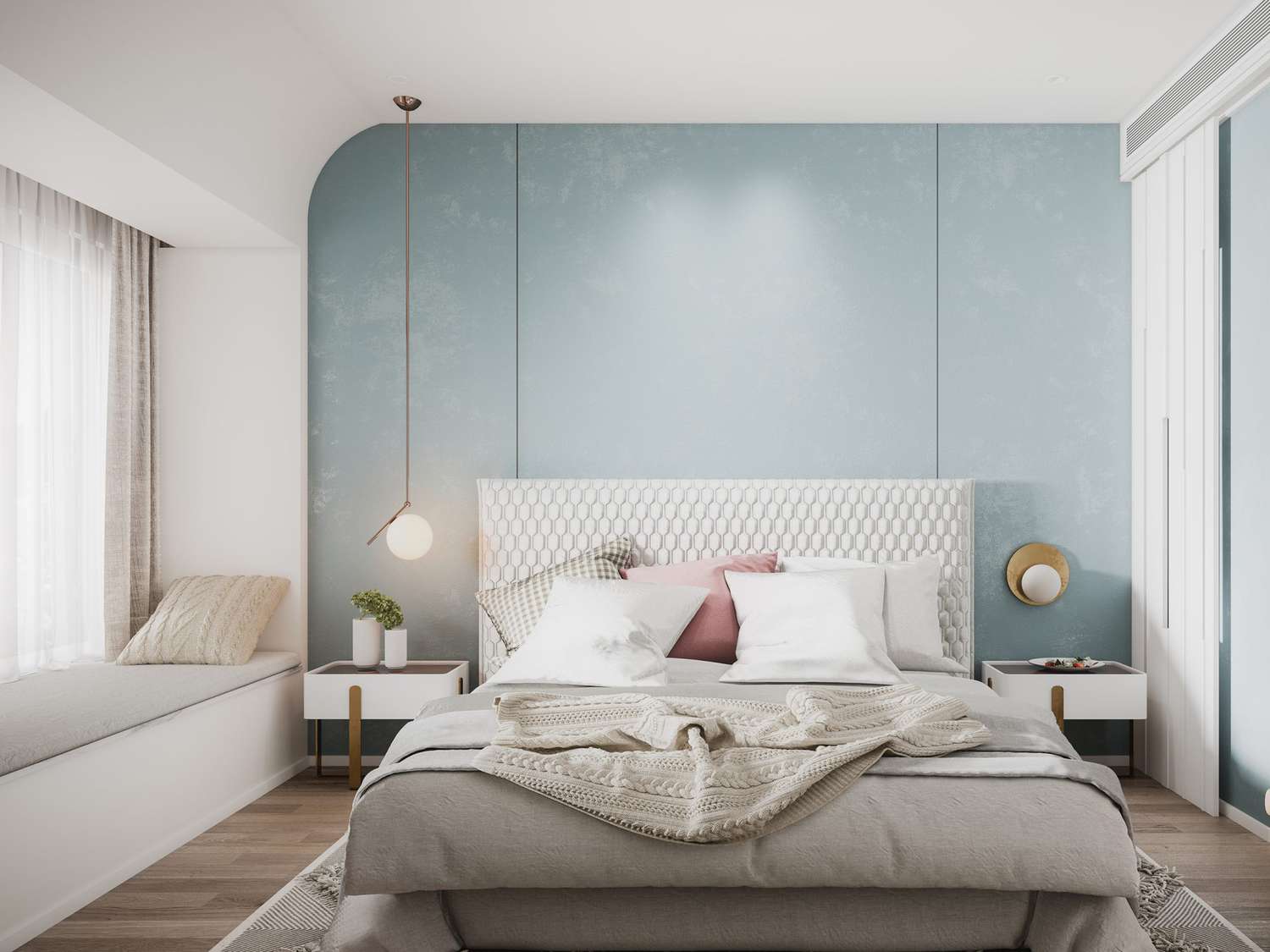
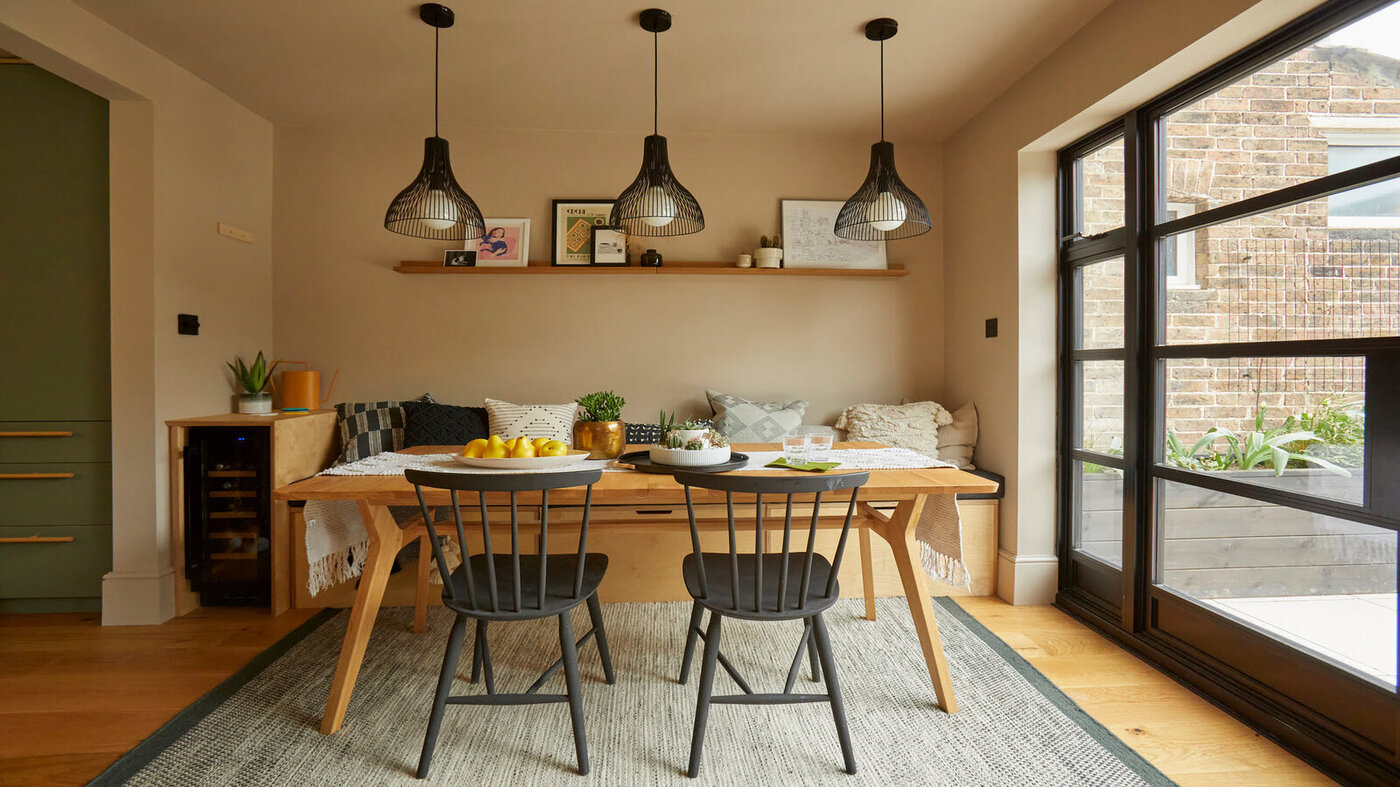
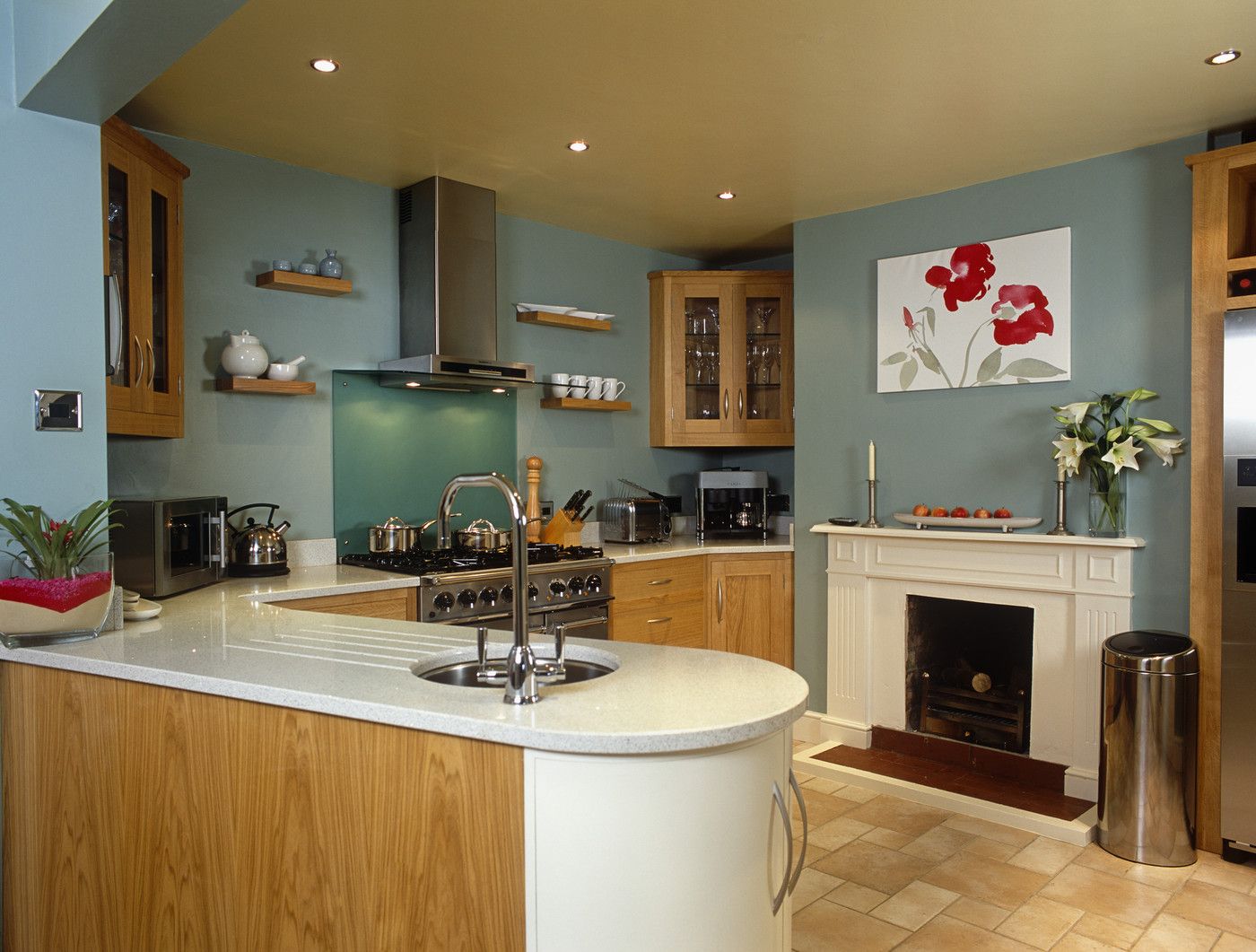
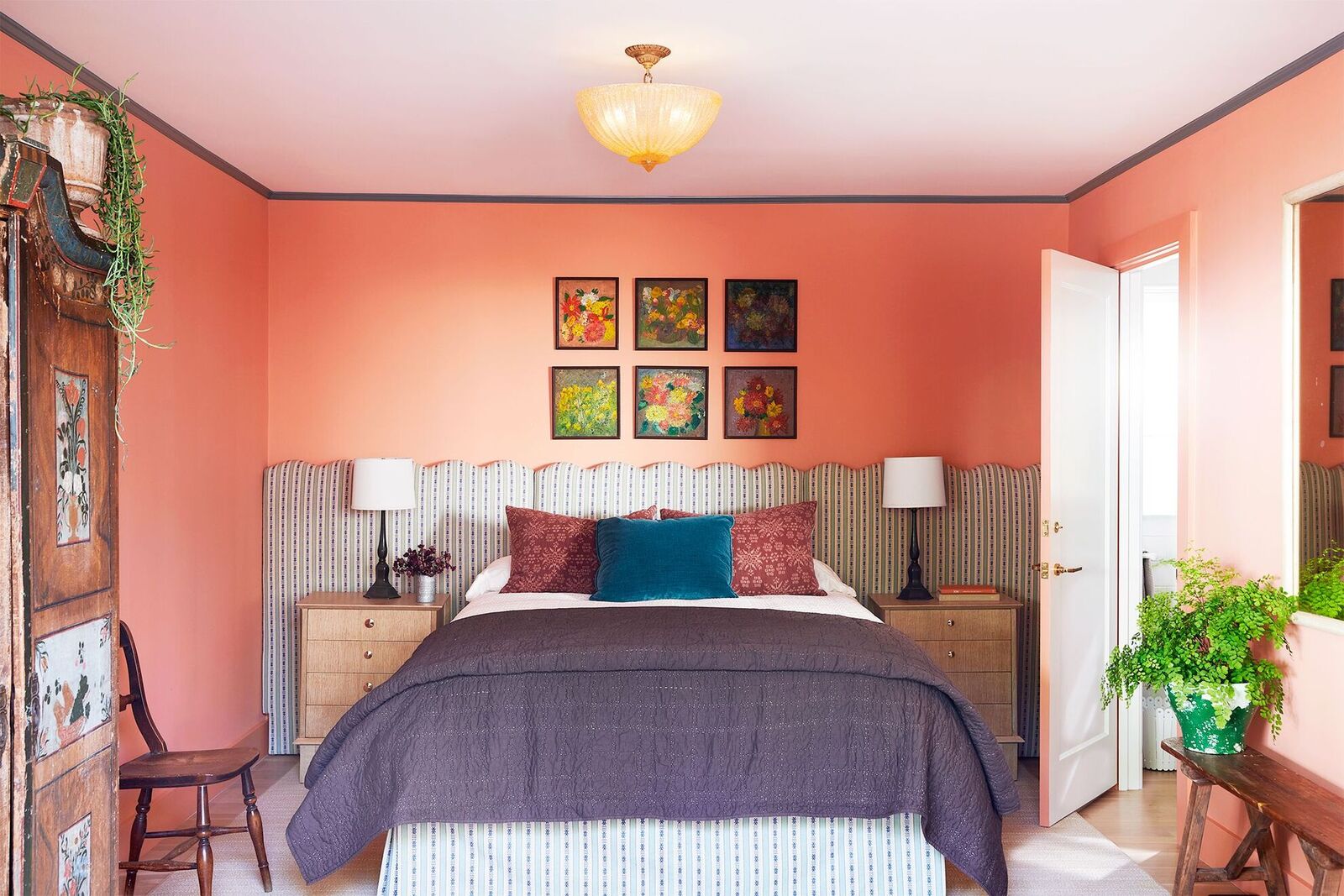
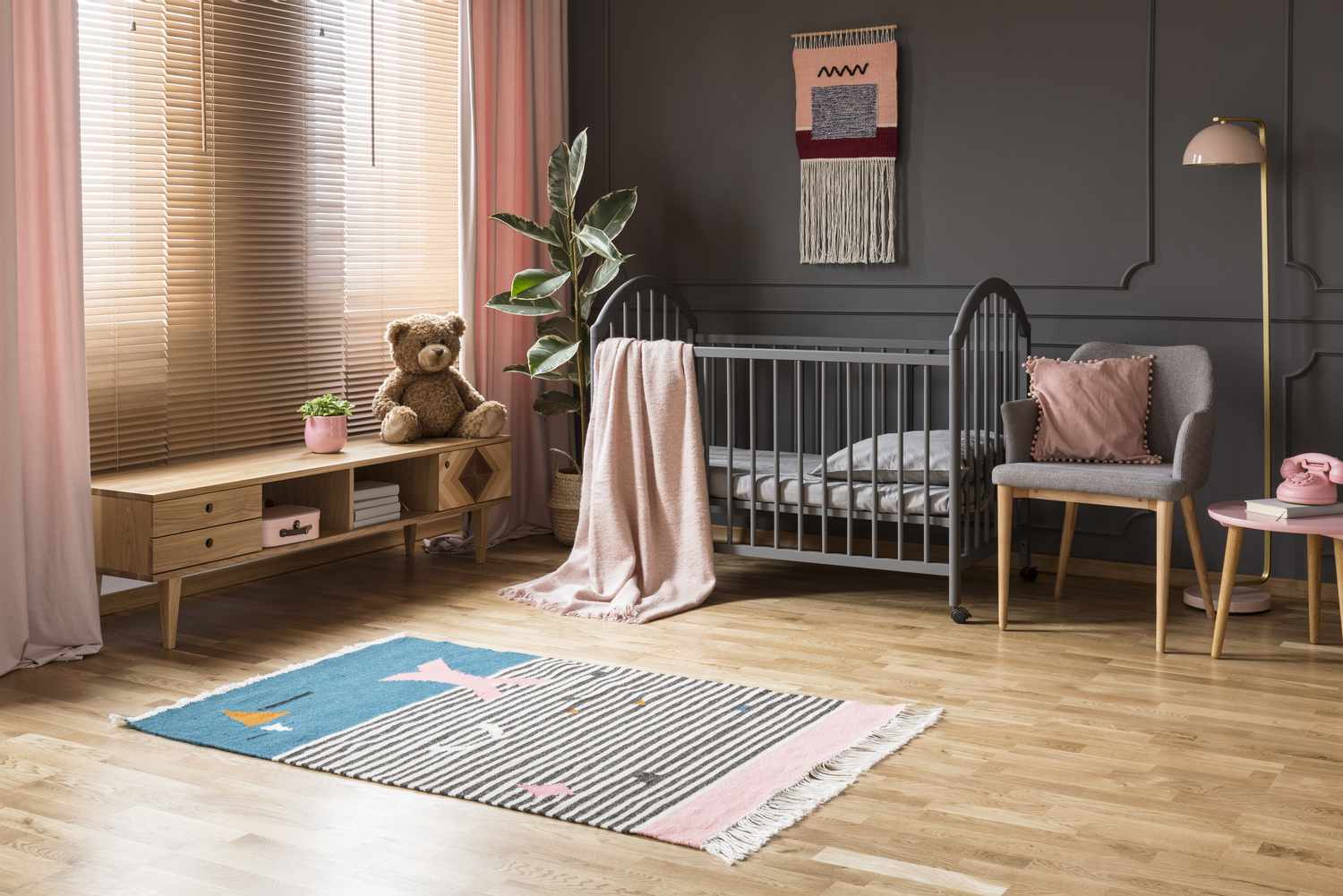

0 thoughts on “The Best And Worst Bedroom Colors For Sleep: Choose Or Avoid These, Urge Experts”